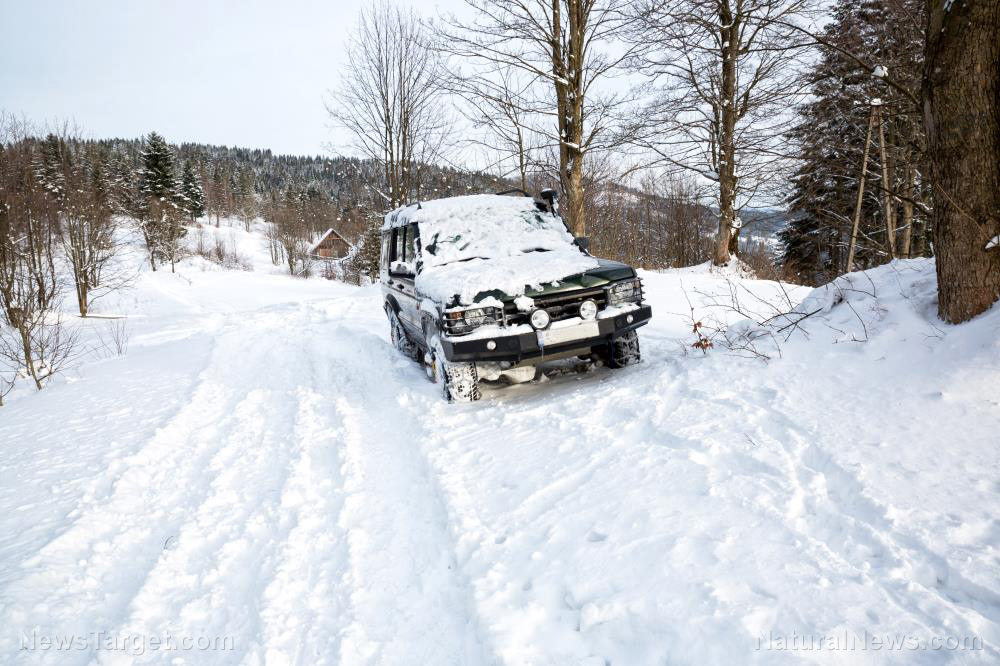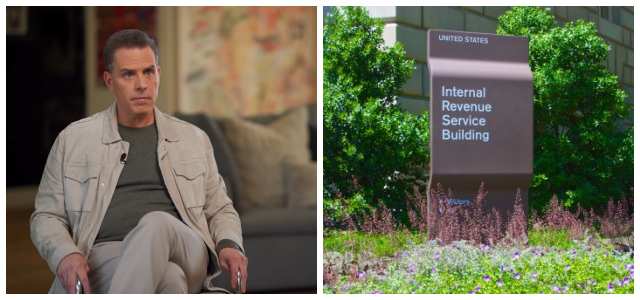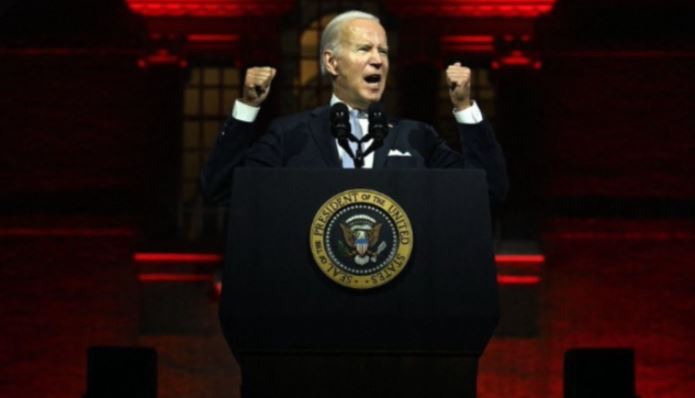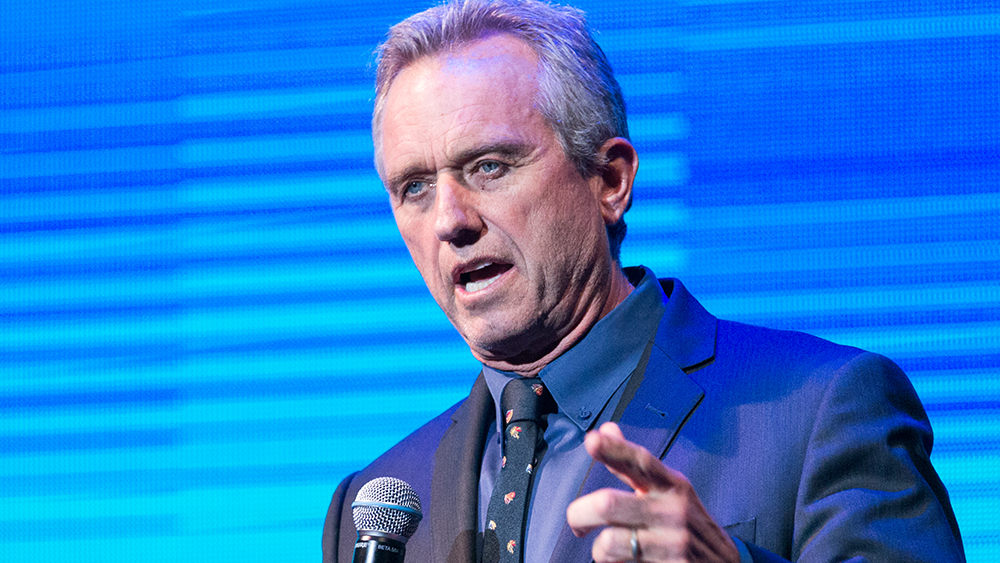
A brutal cold wave is sweeping across Europe, bringing in tons of snow, triggering power outages and devastating several countries with lows that have not been seen since 1980 in Sweden.
The extreme freeze over northern Scandinavia has also caused energy prices to soar to record highs. The main reason is the high consumption combined with ice formation on rivers with hydropower plants in northern Sweden, where it is closely linked together by the same electricity grid.
The low production in Sweden pushed power prices up, and the same happened in northernmost Norway. On Sunday, Nov. 28, the price of electricity came at 1.92 kroner/kWh ($0.21/kWh) on the spot market, which is the highest that it's been in the Arctic Circle since 2010.
Current prices are also up to ten times higher compared to the average daily over the first three weeks of November.
On Monday afternoon, Nov. 29, spot prices that retailers use to purchase electricity from the wholesale market climbed further up to 3 kroner/kWh ($0.33/kWh), which has never been seen before in northern Norway.
Sweden records lowest temperature for November in over four decades
On the Finnmark plateau between Kautokeino and Karasjok, Sweden, temperatures dropped to -35 C while the forecast for next week shows a temperature anomaly for the last days of November at 10 degrees below the 1961 to 1990 reference period.
The coldest spot in Sweden is Nikkaluokta, near Gallivare in Norrbotten, with a temperature of -37.4 C – the lowest in the country for the month of November since 1980.
The jet stream over Europe in the morning of November 29 led to an extreme temperature difference of 67 degrees between northern Sweden and southern Greece, where -36 degrees and 31 degrees were recorded, respectively.
Further east in the Russian Arctic, there are about 20 ships that have been trapped in thick sea-ice for several weeks and only freed recently by ice breakers.
This current freeze comes in sharp contrast to last fall, when meteorologists reported the warmest months between October and early November, averaging 6.7 degrees higher than normal. (Related: Natural gas prices worldwide soar to record highs.)
Gas prices continue to rise in Europe amid freezing weather
In other parts of Europe, Italy is forecast to experience weather up to two degrees below normal, as will Southern France, Spain and Germany. Centrica Plc, the top energy supplier in the U.K., already warned its nine million customers to prepare for icy blasts that could last as long as six weeks.
The region will be sensitive to cold snaps in the coming months as gas prices, up for a second week, are again surging to record highs from October. Extra supplies promised by Russia have also been negligible and Norwegian flows have been reduced due to heavy maintenance.
Tyler Roys, lead European forecaster at AccuWeather Inc., said: "This is going to test the energy supplies across Europe."
Benchmark gas prices are around four times higher than normal, sending electricity and emission permits on a surge. Dutch gas futures, the benchmark for Europe, rose another 1.4 percent this week after climbing 14 percent last week.
The cooler temperatures in the southern part of Europe coincided with stormy weather over the Mediterranean as well. This also brought big swings in wind generation, which is likely to drive gas price volatility even higher.
The number of heating degree days, which is a measure of demand, will be higher than the 10-year normal in the next several weeks. But there is still some uncertainty between models for northwest Europe, and forecasts have not been too accurate.
The arrival of the cold weather could follow freezing temperatures and snow in China, the largest energy consumer in the world. The higher heating demand could go on to intensify the already fierce battle for liquefied natural gas cargoes.
Meanwhile, the development of the La Nina weather pattern in the Pacific basin could also pose colder than average temperatures in northeast Asia during the winter months.
Follow Electricity.news for more news related to the surging energy prices.
Sources include:
Please contact us for more information.





















